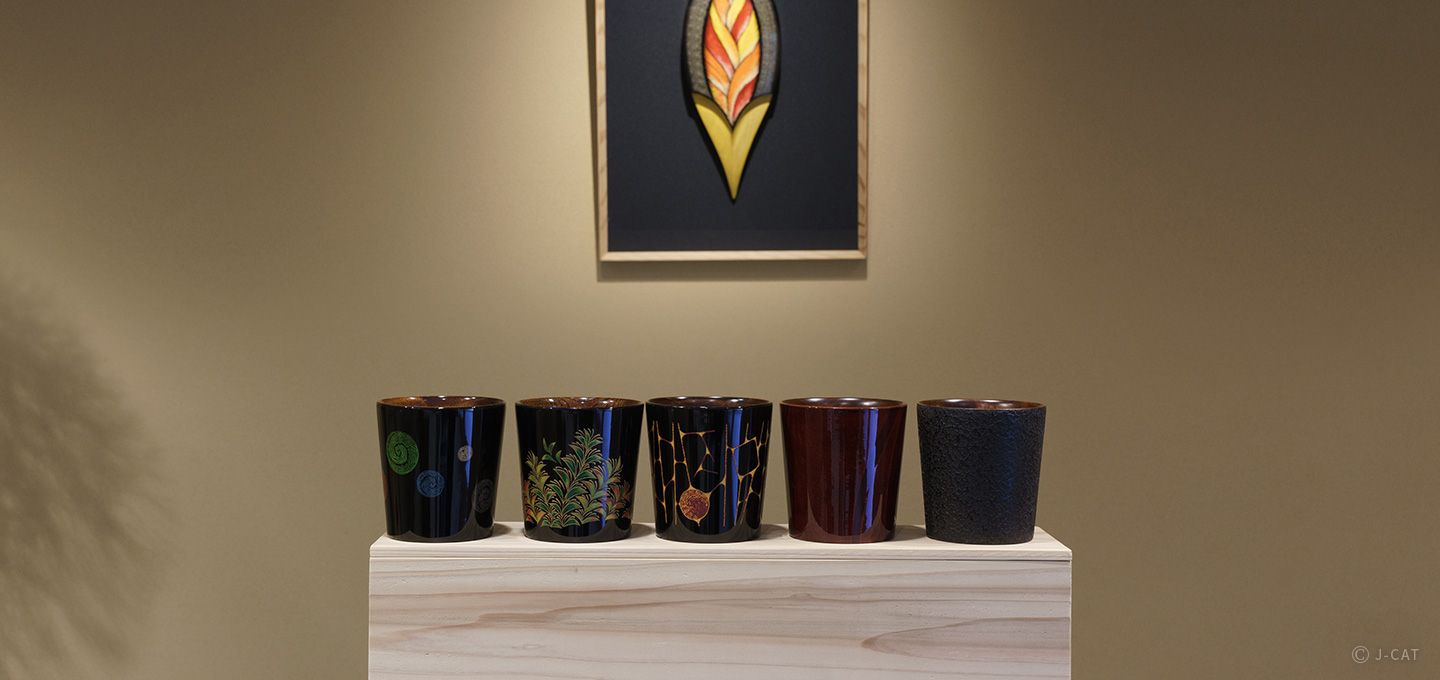
Special Experience
Naoshima & around
Experience Japanese Traditions of Bonsai Viewing and Lacquer Tableware Crafting in the Bonsai Mecca of Takamatsu
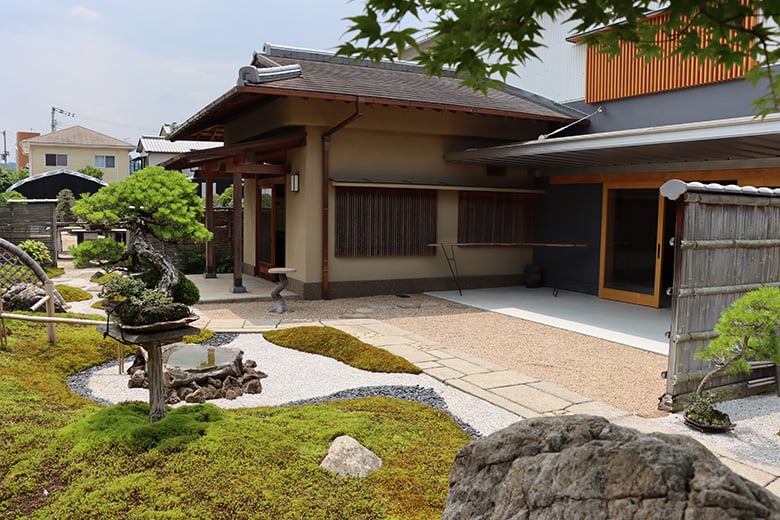
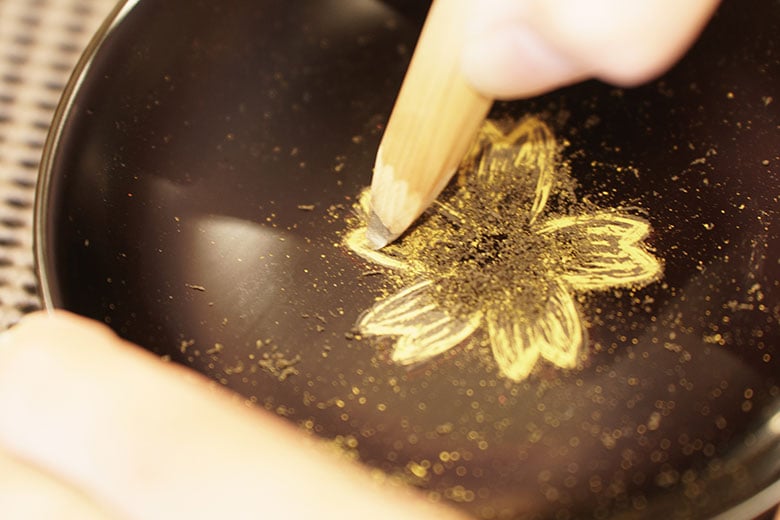
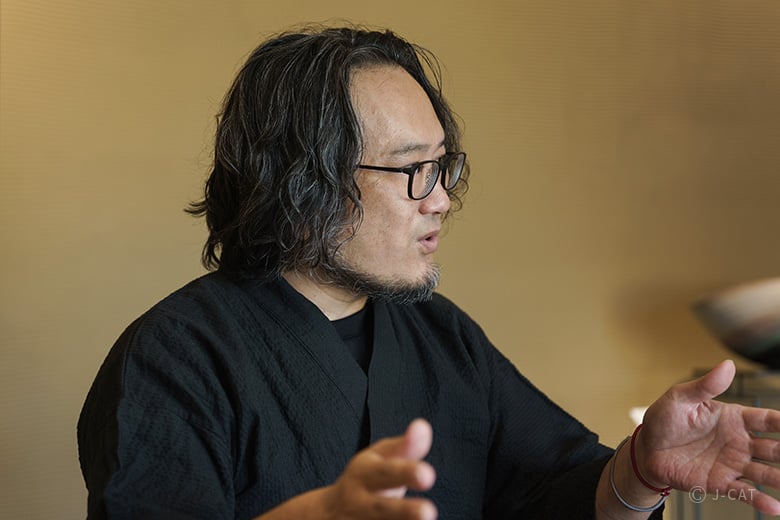
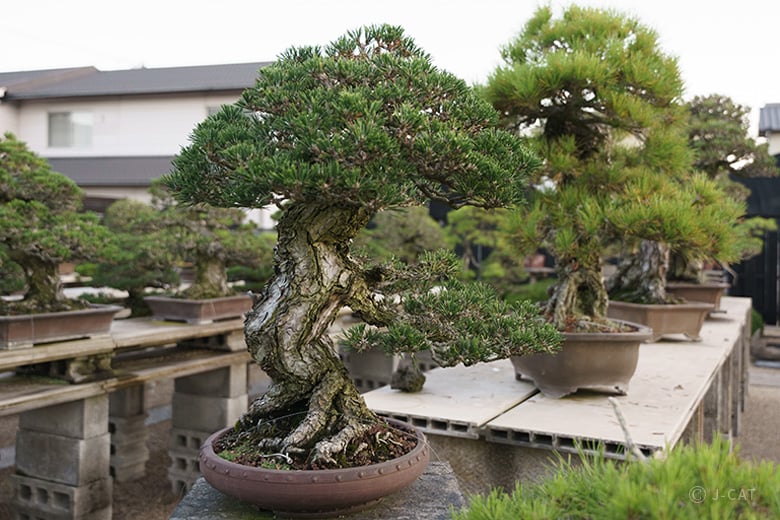
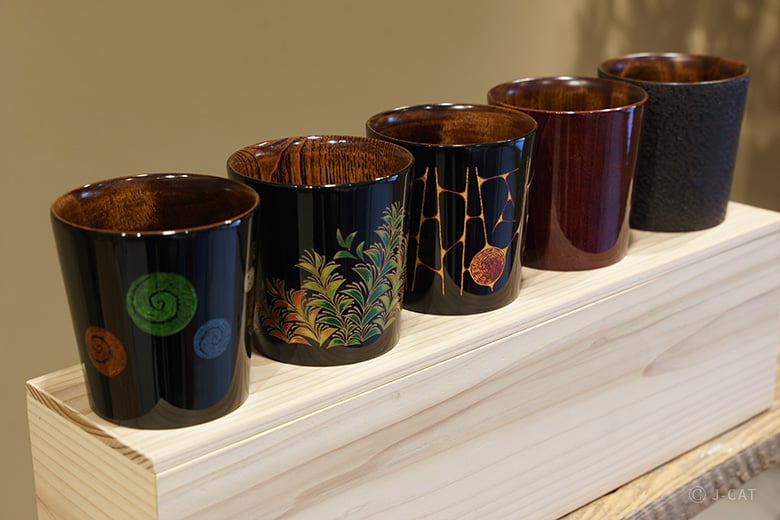
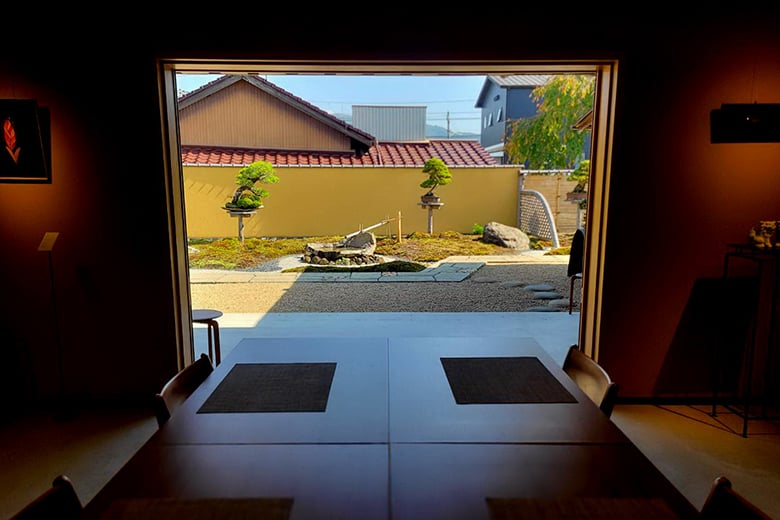
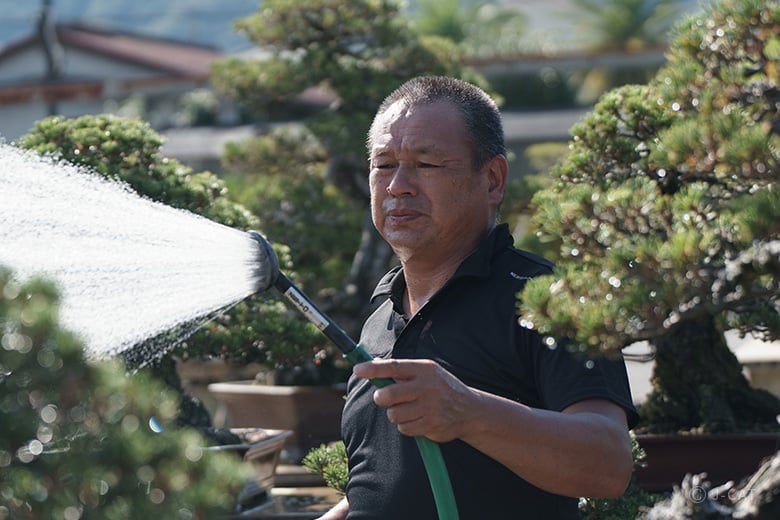
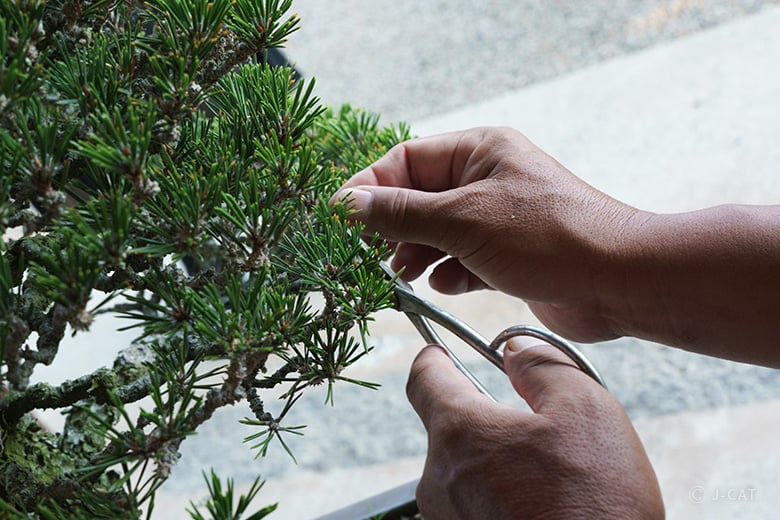
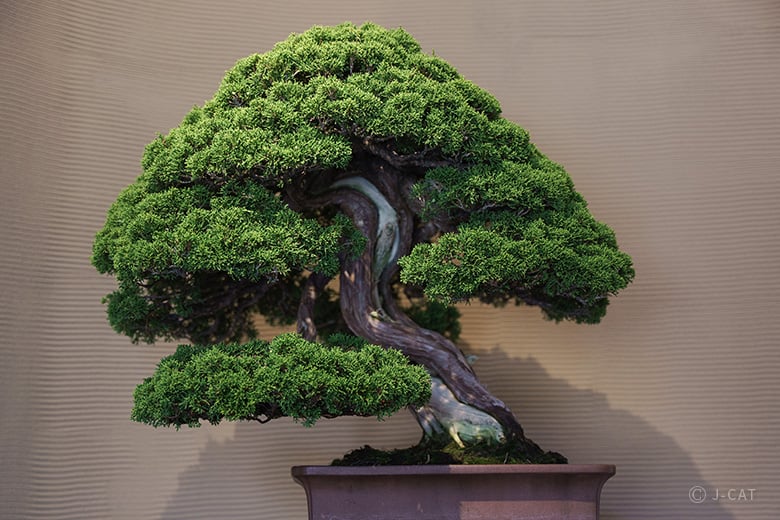
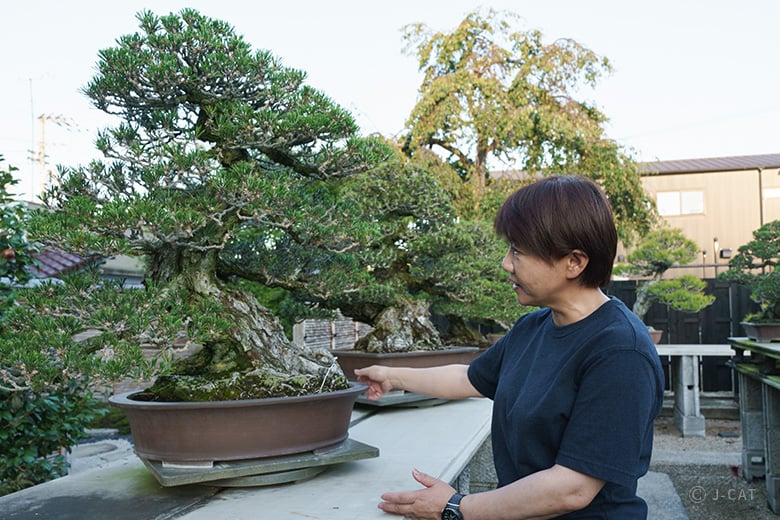
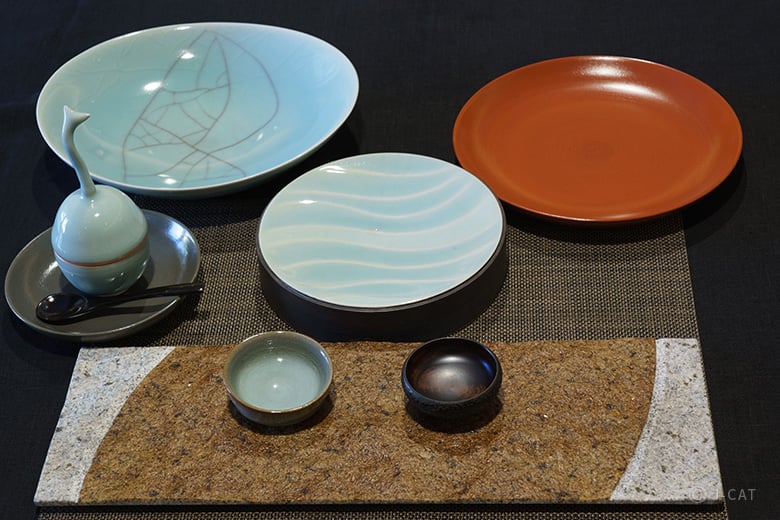
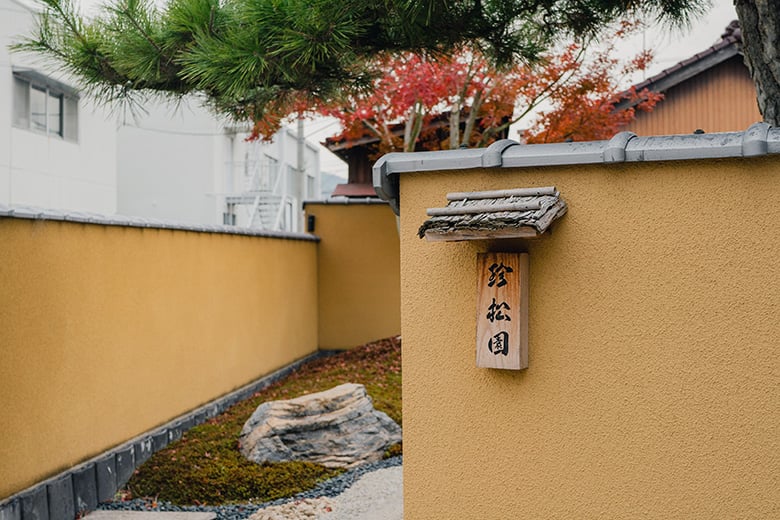
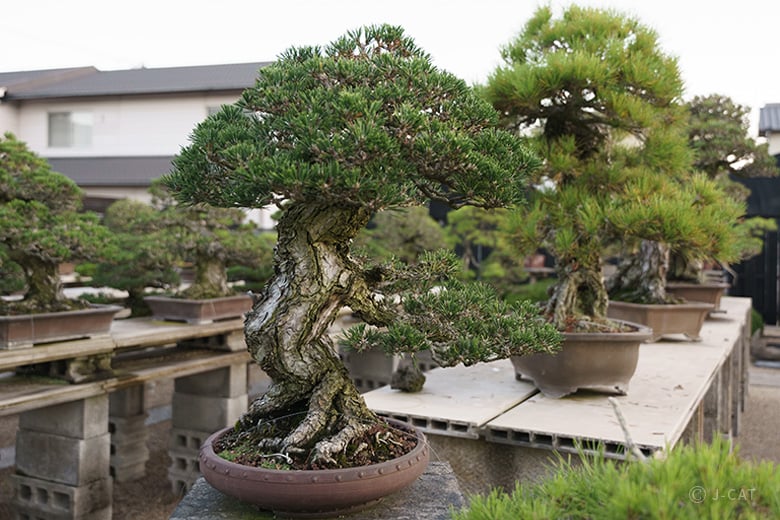
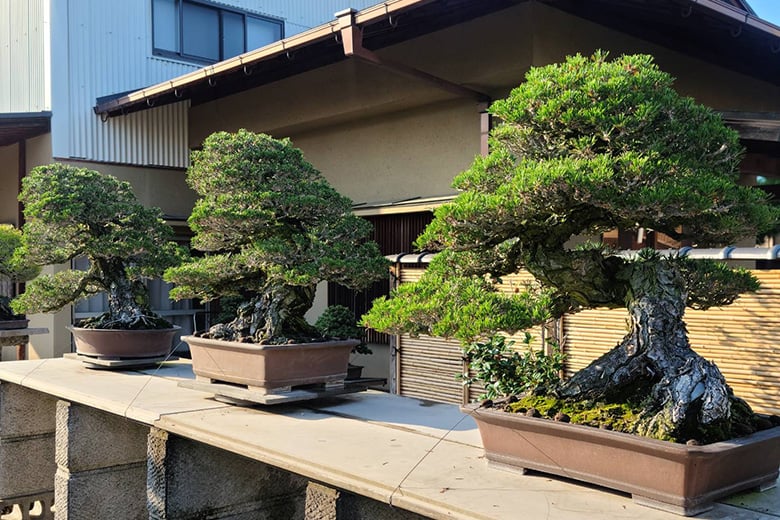
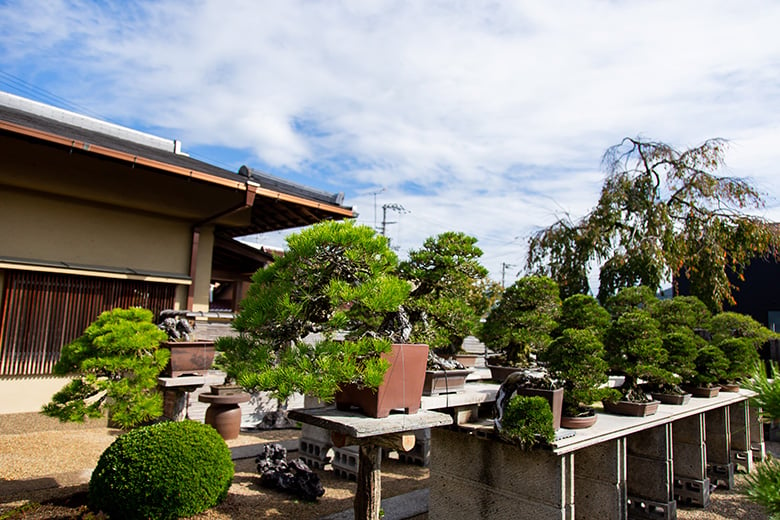
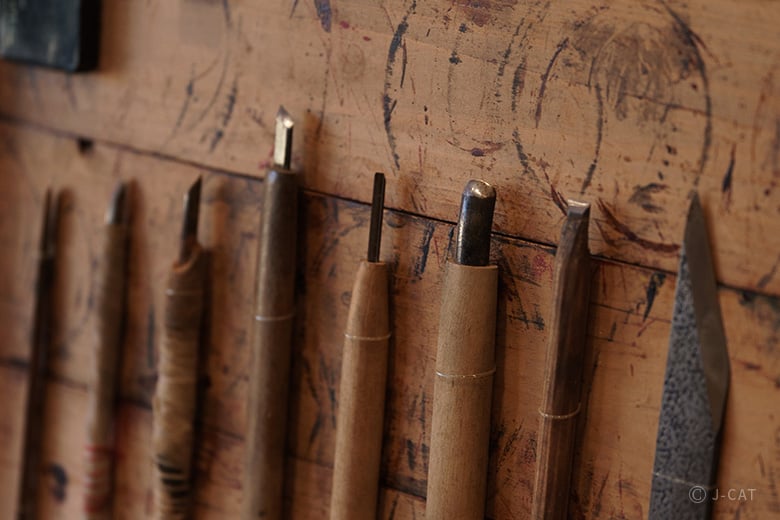
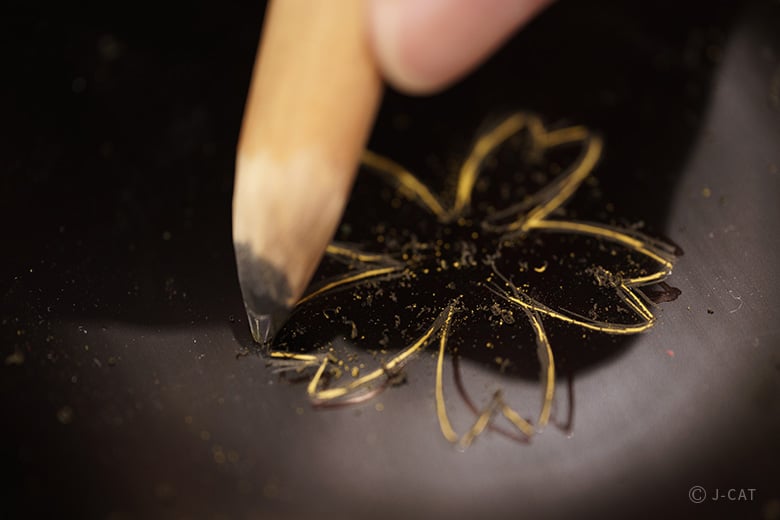
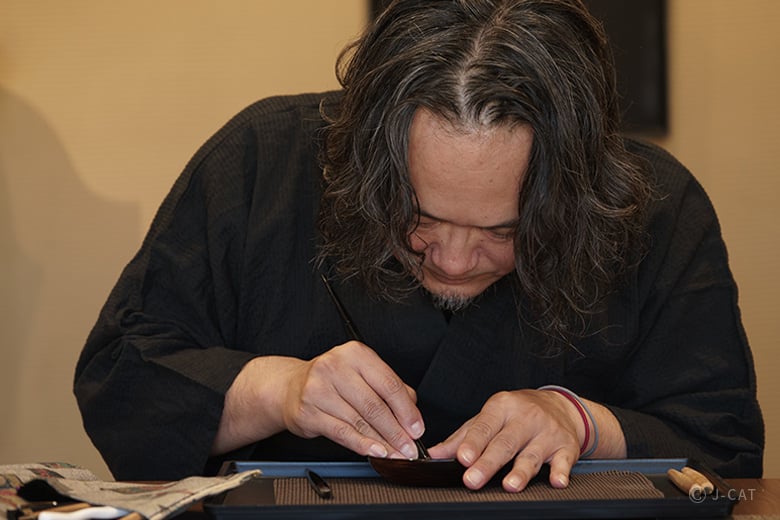
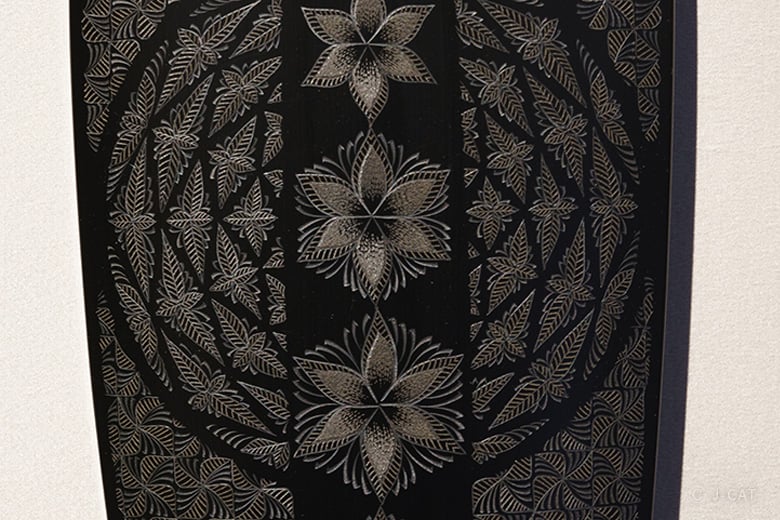
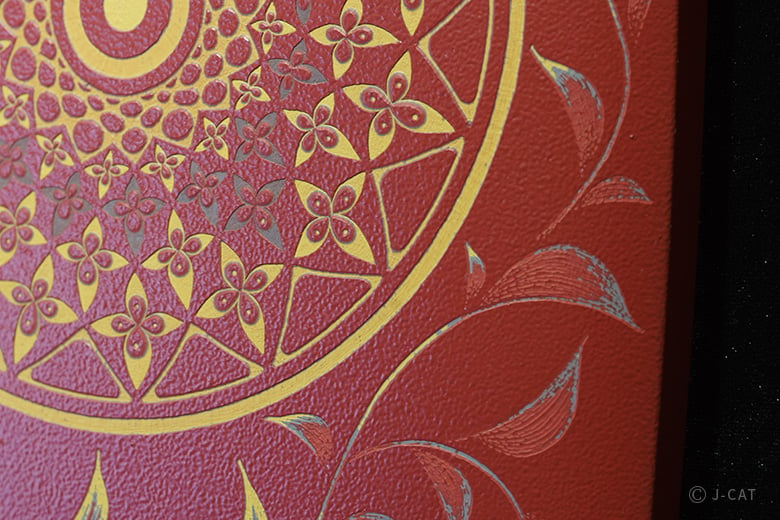
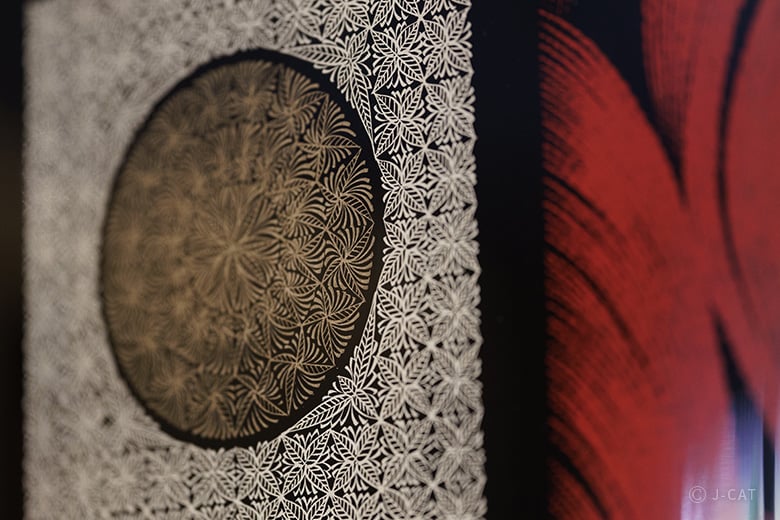
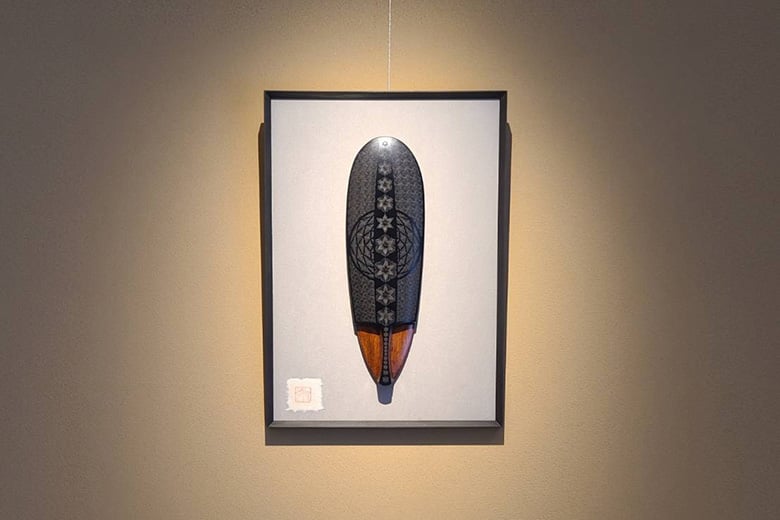
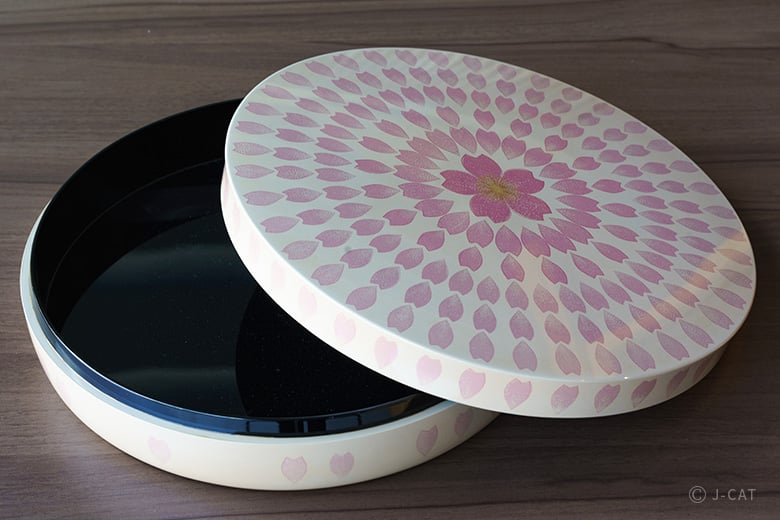
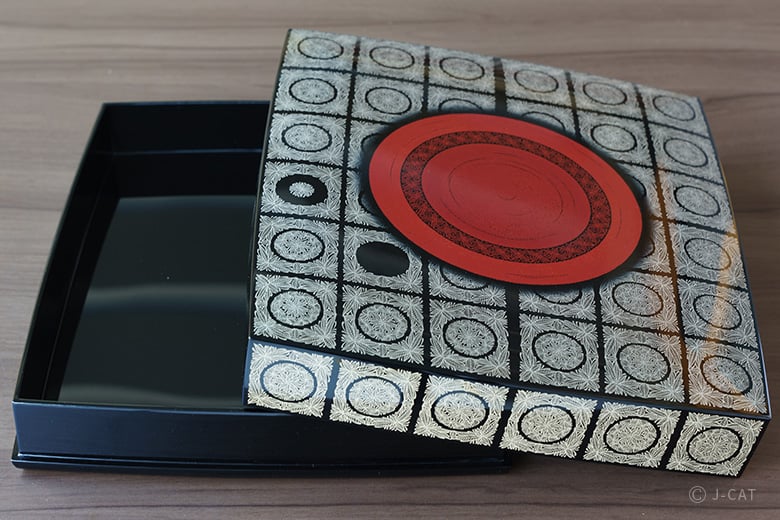
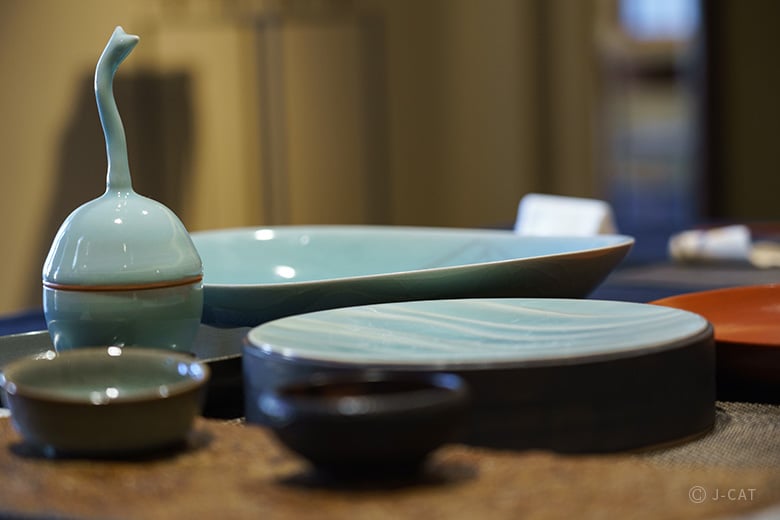
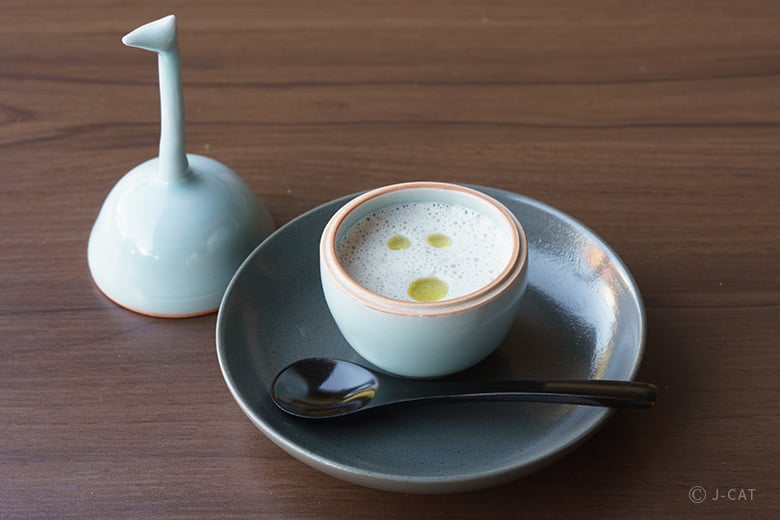
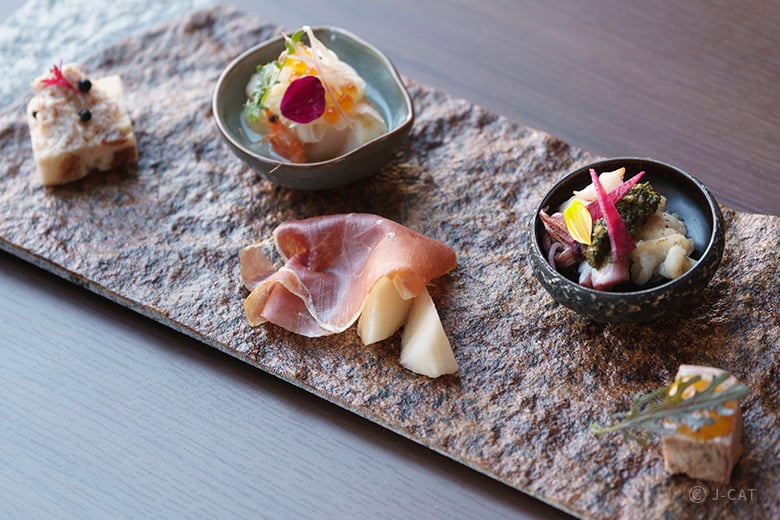
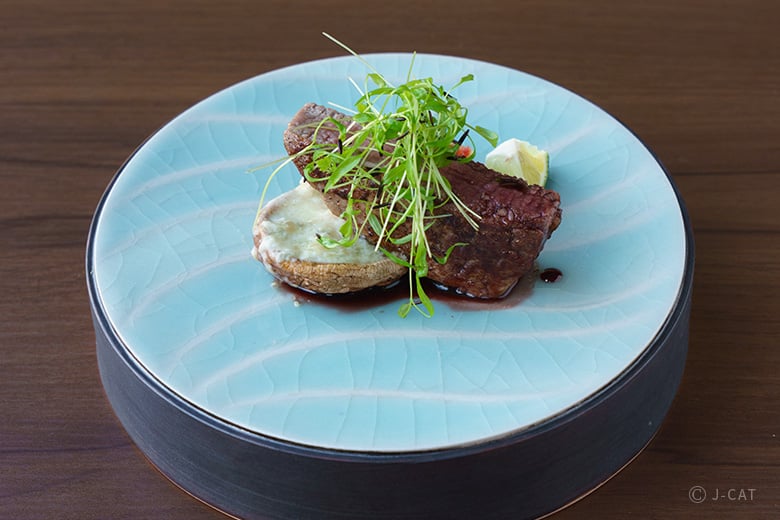
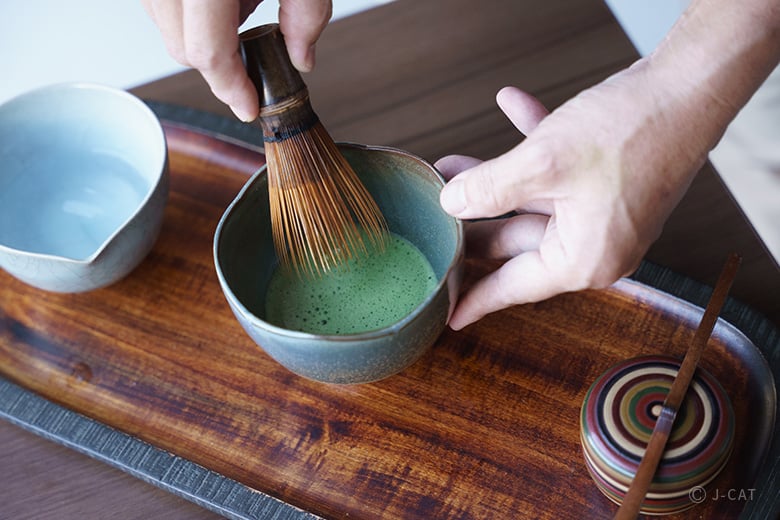
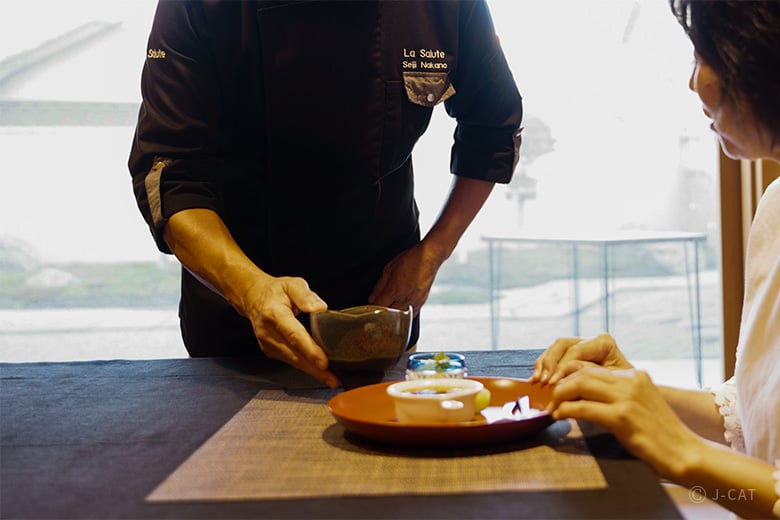
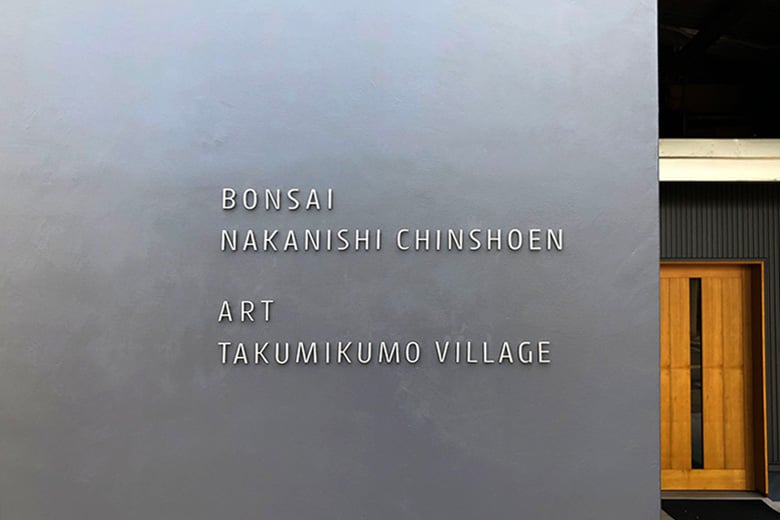































Overview
Takamatsu City’s Kinashi neighborhood produces more pine bonsai trees than anywhere else in Japan, earning it the moniker of the “The Bonsai Holy Land.” Visit the bonsai orchards and gardens of Nakanishi Chinshoen, a local producer with over 130 years of history. Beyond bonsai, visit the on-site gallery space “Takumikumo Village” for a hands-on experience of choshitsu carved lacquer art using homegrown techniques developed in Takamatsu during the Edo period (1603-1868). Choshitsu is the creation of three-dimension relief carvings on a surface coated in numerous layers of lacquer using a sculpting blade. This traditional art beckons participants into meditative absorption through the fine handiwork involved.
Key Features
・Learn all about the history, charms, and points of appreciation of bonsai with expert explanations in a bonsai orchard and garden of Takamatsu – the so-called “Bonsai Holy Land,” which produces 80% of the pine bonsai in Japan
・Practice the art of lacquer art relief carving onto a dining plate under the guidance of a Takamatsu artist using one of two special Wabunka-exclusive designs
・As an optional add-on, delight in a Wabunka-exclusive meal course of Italian-style fare made of local ingredients and served on dishes made by local artisans, and enjoy the elevating interplay between food and tableware (additional charges apply, for parties of two or more)
*You may also be interested in this experience in the same location:
Bonsai Viewing and Ceramic Throwing in the Bonsai Mecca of Takamatsu on the Shimmering Seto Inland Sea
Naoshima & around
150mins
from ¥29,000 /person
1 - 6 participants
Available in English
Cancel free up to 4 days prior
Details
Dive into the Internationally-beloved Art of Bonsai in Takamatsu City, a Cradle of the Craft
Takamatsu City is a premier bonsai production region, and here Nakanishi Chinshoen offers bonsai orchards and gardens in which visitors can view a variety of black pine bonsai, from sixth-month new sprouts to venerable treasures over three centuries old. Bonsai has recently found increasing global popularity, and Nakanishi Chinshoen followed suit into the export business. Its facility also offers a gallery space known as “Takumikumo Village,” run by Kagawa Prefecture’s Takumikumo association of artisans. The gallery displays works by artists and artisans working in Japan and abroad, and fosters a fully immersive experience in Japanese traditional crafts.

The approach to Nakanishi Chinshoen and Takumikumo Village welcomes visitors with a stately pine bonsai
A Expert Guided Tour of the Bonsai Orchards
Begin with a five minute walk from Nakanishi Chinshoen to the lush pine orchards in which original trees of the bonsai are grown. The master of these orchards is Yoichi Nakanishi, and they have been in his family’s hands for five generations including his own. His wife Kana serves as guide, offering engrossing and informative explanations on the history of the Kinashi area’s bonsai traditions, the trees’ care regimen, and how to develop an eye for appreciating a high quality bonsai. The orchard’s pines range anywhere from a few years old to half a century, and although some may share a similar height or general look, no two trees are the same. Twice a year they are pruned, and once every five to six years they are uprooted for root pruning as well. Bonsai cultivation is a long and careful process, with the value of a tree said to come from its age.

In this orchard grow black pines ranging from 20 to 30 years old
After taking in the orchards where the original trees of bonsai are raised, head to Nakanishi Chinshoen’s bonsai garden to view potted specimens including black, white, and red pines. It’s stunning to take in the innumerable potted bonsai trees lined up, from three year seed-grown trees small enough to fit in the palm of the hand, to magnificent mature specimens over three centuries old.

The Bonsai Garden features venerable bonsai specimens over 300 years old
"A practiced eye can judge the age of a tree from its bark,” explains Kana Nakanishi. “As a tree accumulates age, it increases in value.” Branch formation and overall shape also play a role in the beauty of a tree, and each bonsai also has a unique personal style passed down from one gardener to another over the many years of its life. Peruse them all and find your favorite.
Discover the Edo Period Lacquer Art of Kagawa through a Rare Choshitsu Lacquer Carving Experience
Kagawa has been an active producer of lacquerware since the Edo Period (1603-1868), making it a fertile ground for the development of shitsugei, or lacquer art techniques. Today, the prefecture’s lacquerware has been designated a national traditional craft, and boasts some of the highest production values in Japan, encompassing five characteristic styles. In this experience, guests can practice its techniques themselves under the direction of Kagawa-born traditional lacquerware artist Kota Matsumoto, head of the Sanuki Urushi Shinra studio and member of Takumikumo.

Lacquerware representing the five characteristic styles
The general term for this art form, in which a surface is coated with multiple layers of colored lacquer and then carved with a chisel to expose other colors in patterns, is horiurushi – literally “carved lacquer.” Matsumoto begins by explaining its history, and the tools used in it.
This Wabunka plan offers a choice of surfaces to work on – square, round, and rectangular plates – the last of which offer more surface area for beginners to work on comfortably – as well as two Wabunka original designs of cherry blossoms and pine trees. Visitors might also bring their own designs or ideas, such as opting to carve the names of family members. After settling on a design, the next step is to draw its rough outline on the plate surface using a pen. Finally, begin carving the lacquer surface with outward-pushing and inward-pulling strokes of the knife.

Concentrating carefully on the tip of the knife, watch the colored layers of lacquer emerge under each cut
Carving straight lines through the lacquer surface requires concentration and force, but seeing those layers of color emerge from within is a thrill. When the outline is complete, move to adding details and enjoy gradually exposing more and more of the colors beneath.
“Lacquerware is lightweight and durable – and environmentally friendly, since it’s made from natural botanical and mineral materials,” says Matsumoto. “I’d love to see it become a household item for more people.”

Lose track of time as you sink deep into the meditative trance of fine work
Fine Italian Dining with Tableware by Takamatsu Artisans
In addition to garden strolls and lacquer carving, this experience offers the optional add-on of a meal course of Italian cuisine served up on tableware and with chopsticks and other utensils all produced by the local artisans of Takumikumo Village (additional charges apply). Chef Seiji Nakano, proprietor of La Cucina Italiana La Salute in Takamatsu’s Mure neighborhood, is passionate about using local ingredients and seasonings in his signature dishes, such as olive pork and Sanuki wine. The chef even brews and serves up the after-meal matcha tea himself.

A detailed introduction of the dish from the chef himself
“It takes good tableware to really bring out the best in food,” says Chef Nakano, in explanation of his meticulousness about the dishes under his dishes: Indulge his delightful gustatory creations while his wife Takako explains the details of each course and the vessels they are served in.

Pottery made by local lacquer artists and potters at Takumikumo Village
Heavy-duty two-tone oblong plates by Matsumoto complement Nakano’s colorful cuisine, made from lacquered Aji stone sourced from Kagawa prefecture. Actually eating with these dishes and chopsticks, it’s hard not to be impressed by their lightweight ease of use. It’s easy to see why Matsumoto is so passionate about incorporating their joys into the modern lifestyle. Enjoy a slow moment to savor with all five senses the best that Takamatsu and its artisans have to offer with all five senses.

Antipasto misto, loaded with locally-sourced ingredients
Unforgettable Memories of the Seto Coast, Enjoying Bonsai and Crafting Carved Lacquerware
Bonsai trees are works of living art painstakingly created over many years of attentive care, and this traditional craft without shortcuts is the pride of Takamatsu City. No less are the techniques and aesthetics of Kagawa Prefecture’s lacquerware, a nationally renowned craft that has been similarly handed down through the ages. You’re sure to see these beautiful artistic traditions with new eyes after this experience, feeling in them their storied roots and rich aesthetics every time you encounter them hereafter. Visit Takamatsu and immerse yourself like you can nowhere else.

There is nothing quite like seeing the masterful work of an artist up close
Nakanishi Chinshoen / Takumikumo Village

Nakanishi Chinshoen / Takumikumo Village
Located in the Kinashi neighborhood of Kagawa Prefecture’s Takamatsu City, this bonsai garden has been in business for over 130 years. In addition to selling and caring for bonsai trees, the garden also exports them to foreign markets. Its current head, Yoichi Nakanishi, is the fifth generation proprietor, and his wife serves as the facility’s concierge and guide. The Kinashi area is known all over Japan as “The Cradle of Bonsai,” and it draws visitors from across the country and beyond hoping to see its bonsai gardens, pine orchards, and their venerable glories. It is also the home base of Takumikumo, an alliance of local artists and artisans.
Location
Nakanishi Chinshoen
Takamatsu, Kagawa
Request for booking
Select first preferred date (JST)
January 2026
Sun
Mon
Tue
Wed
Thu
Fri
Sat

Instant Booking

Request Booking

17
Full

17
Unavailable
Naoshima & around
150mins
from ¥29,000 /person
1 - 6 participants
Available in English
Cancel free up to 4 days prior
Things to know
Contact Us
If you have any questions, please contact us using the form below.
We also accept bookings from corporate clients and travel agencies.